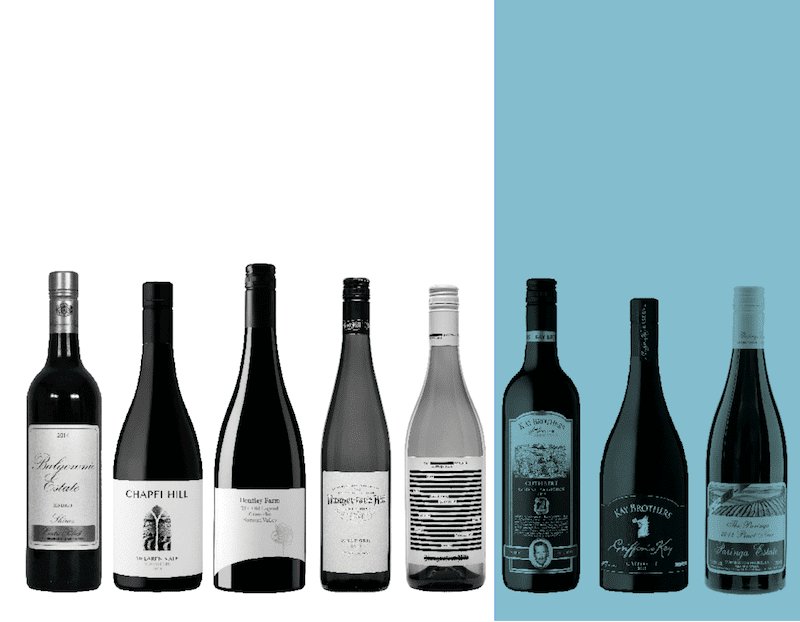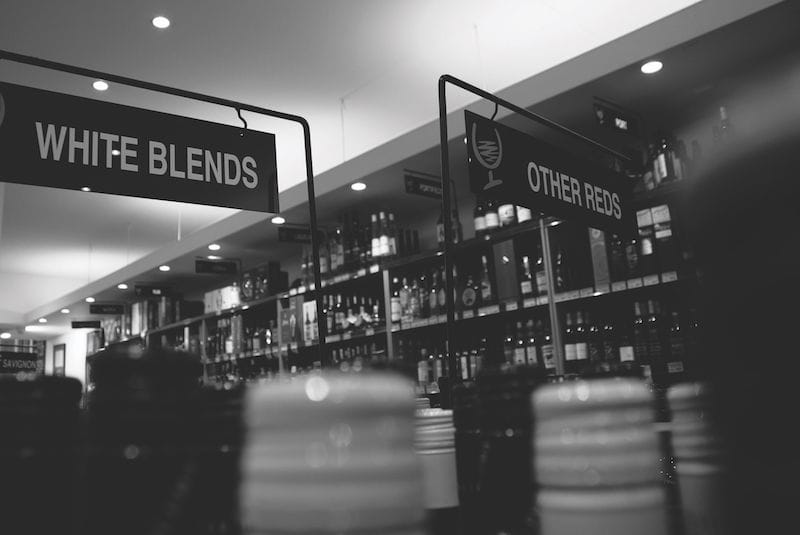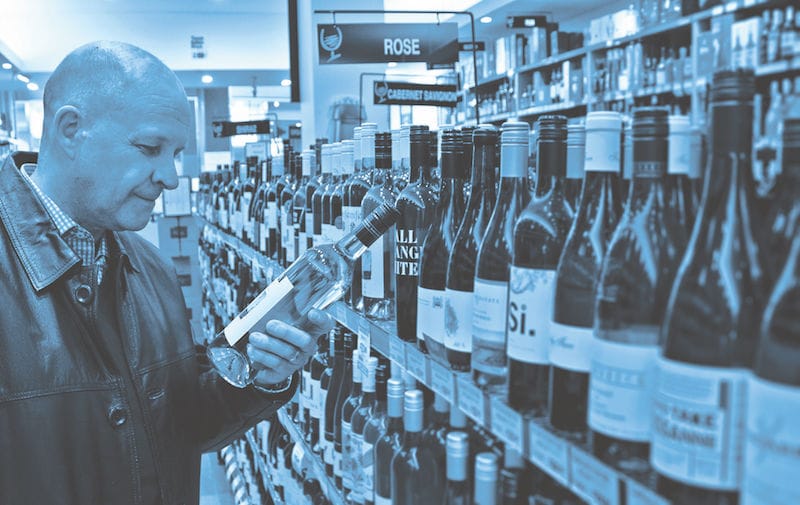
Thinking of changing the retail price of your wines? It’s a delicate balance, so make sure you know your place in the market first.
Most understand this phenomenon for the highest priced wines: highly sought-after wines are usually price inelastic and can even increase in demand when the price goes up. This is because previously interested high-price wine buyers find that rarity and high price are more prestigious.
But what about wines that aren’t in this class? Is there a time when prices can be increased for other wines, too?
The answer is, it depends. There has been a tremendous amount of research on pricing, especially discounting. Pricing is discussed in terms of elasticity, which measures how much sales increase or decrease as a percentage of the change in price. Elasticities are typically negative: an increase in price results in a decrease in sales. An elasticity of -1.0 means that for every one percent increase in price there is a one percent decrease in sales (measured in units, not dollars). It is similar for price decreases – a percentage reduction in price results in an increase in sales.
Research over the past 40 years has found that price elasticities for consumer packaged goods are around -2.4. A price rise of one percent results in a sales decrease of 2.4 percent and vice versa. Some research shows that elasticities are greater for price rises than price decreases; discounting or promotional pricing usually increases sales less than the same percentage price increase would grow sales. If we look a bit deeper into what research has found, we find that one of the key determinants of elasticity is the starting price in comparison to key competitors. This brings the concept of price points or price ranges into the equation.

Most consumer goods categories have a single price range, and brands within that category are seen as high or low priced. Think of most supermarket categories, such as pasta sauce, yoghurt or confectionary. The retailer’s own brand typically is the lowest priced brand and a manufacturer’s will be the highest. Most of the brands, however, cluster near the middle price range in the category.
Elasticities depend on where the brand starts (low, middle, high) and whether the changed price ‘passes’ well-known competitors in the category. Decreasing the price of the cheapest brand has almost no effect, while decreasing the price of the highest priced brand so that it passes other well-known brands of middle to lower price, will have a larger (negative) elasticity. This begins to give us some insight to how elasticity works in the wine category.
It’s obvious that one of the key issues is the price point of the wine and at the same time, brand awareness. Wines that are below the mid-point of a price category will lose sales greater than any price increase and those nearer the top of the category will gain sales with a price decrease, especially if they pass a well-known brand. Bigger brands have more consumer awareness and act as price anchors within the price range. A lot of research has shown that consumers cannot recall the specific prices of brands, but they do have a mental categorisation of the relative prices within a price range. So, in order to develop some plans for whether and when to raise prices, we need to know something about how consumers view price ranges for wines.
Unfortunately there has not been much research in this area. We do know that price ranges differ by market. In places like the UK and Germany, price ranges start quite low, where wines over five pounds or over three euro, respectively, are seen as premium; other countries, like the US and Australia, have higher starting points for premium.
Often these price ranges depend on the tax regime and the discounting practice of major retailers in that country. Brand owners can get an idea of the price ranges in a market by locating the most well-known brands at different prices and assuming these are typically near the middle of a price range. Another rule of thumb is that price categories change at five-unit increments below about $20 and 10-unit increments above $20 up to about $50. Price categories become larger above $50 eg, $50 to $100, $100 to $250, etc. Understanding these basics provides some guidance for Australian wine brands. It also explains why it is hard for big well-known wine brands in the lower price ranges to increase their prices substantially. However, smaller brands have more freedom within the chosen price category as long as they don’t pass the upper end of the price range. There will likely be some decrease in sales if the smaller brand passes the price of a well-known brand in the same price range. But, raising price and keeping it at the new level within the price range soon becomes the new relative price, and sales are likely to return to previous levels over time. Smaller brands have more freedom to raise their relative prices compared to better known brands as long as they keep within the overall price range. Anecdotal evidence gained from discussions with wine retailers and distributors says that breaking the price category usually results in major deceases in sales (higher elasticity) eg, going from $18.99 to $21.99 results in a larger decrease than going from $22.99 to $25.99. These observations point out the importance of carefully considering the initial price when launching a new wine.
What about pricing practices in price ranges above $30? Due to the larger size of the price ranges, there is likely to be more leeway in raising prices here. Also, there will be fewer well-known wine brands to act as price signals in these price ranges and consumers will have less overall familiarity with wines in the price ranges. Brand owners can take a cue from Penfolds and look at increasing prices in relatively small increments over several years to reduce the effect of a large price rise.

Understanding elasticities helps brand managers think about pricing policies. It is most important when launching a new brand or line within a brand (brand extension) to consider the price range chosen and the main competitors. It is much more difficult to move between price ranges than it is to move up within a price range. Existing brand owners have even a more difficult task if considering raising prices above the category, which puts them in a new category. Unless the quality or perceived quality of the wine substantially improves, it will take considerable time for consumers to adjust to the new price. In the meantime, sales will fall due to the high price elasticity.
Price is the easiest to change of all the four Ps in marketing (product, promotion, place, price), but the consequences of changing price can be big.
Prof. Larry Lockshin works with the Ehrenberg Bass Institute for Marketing Science at the University of South Australia. He has written a book called ‘This Little Pinot Went To Market’ – an important book for the Australian wine industry, that will help marketers and business businesses sell more wine.













Recent Comments